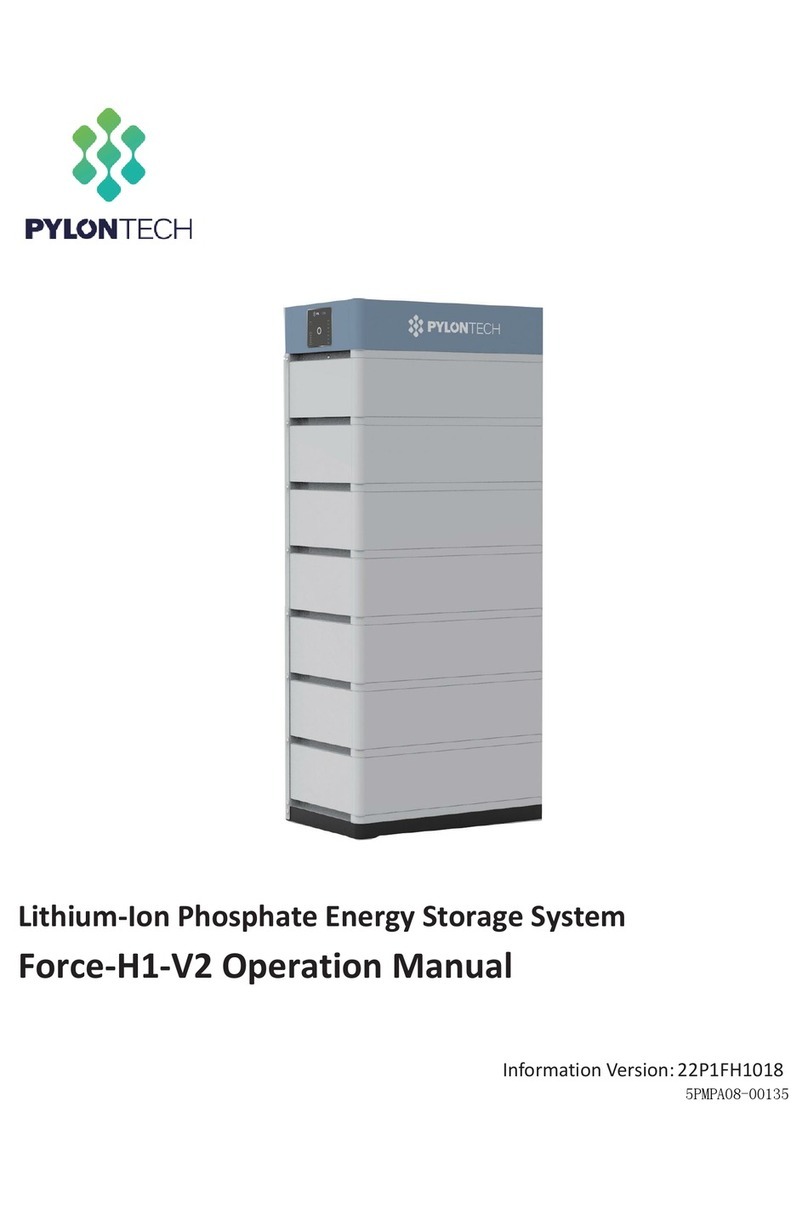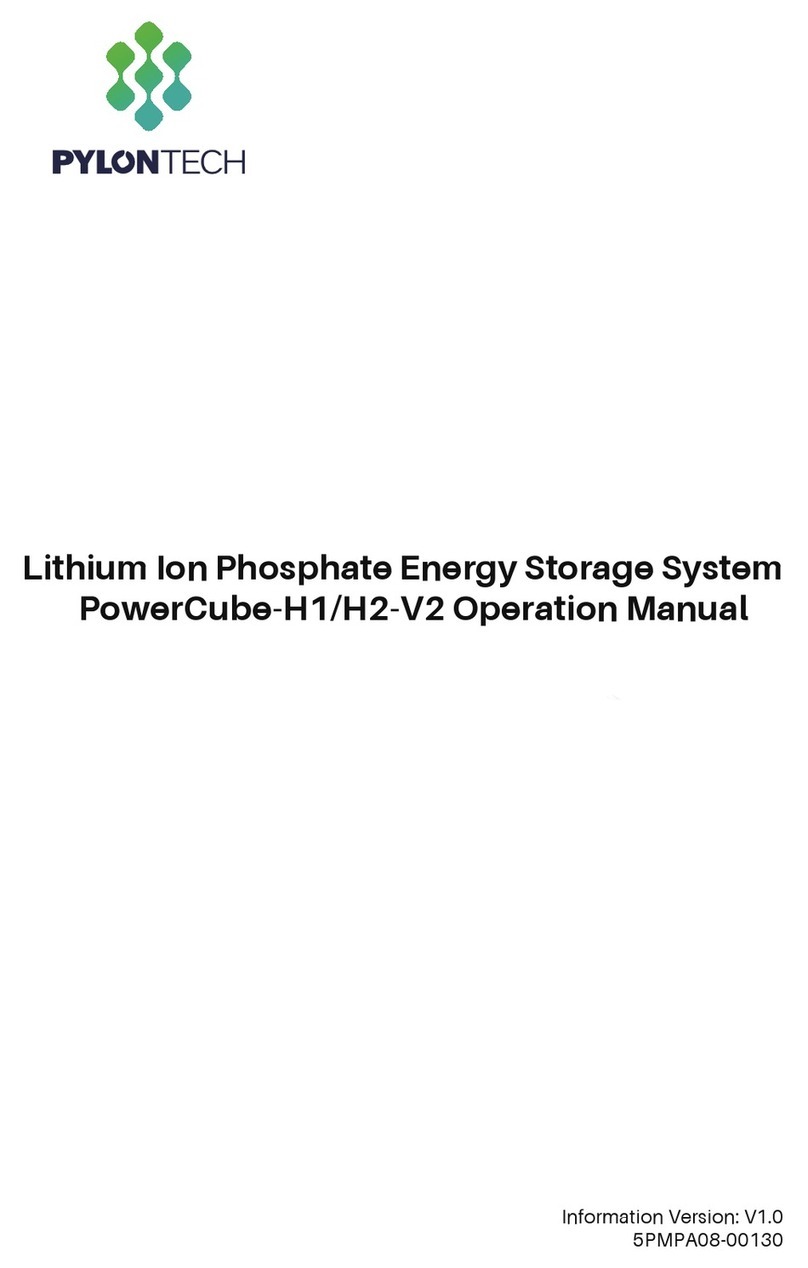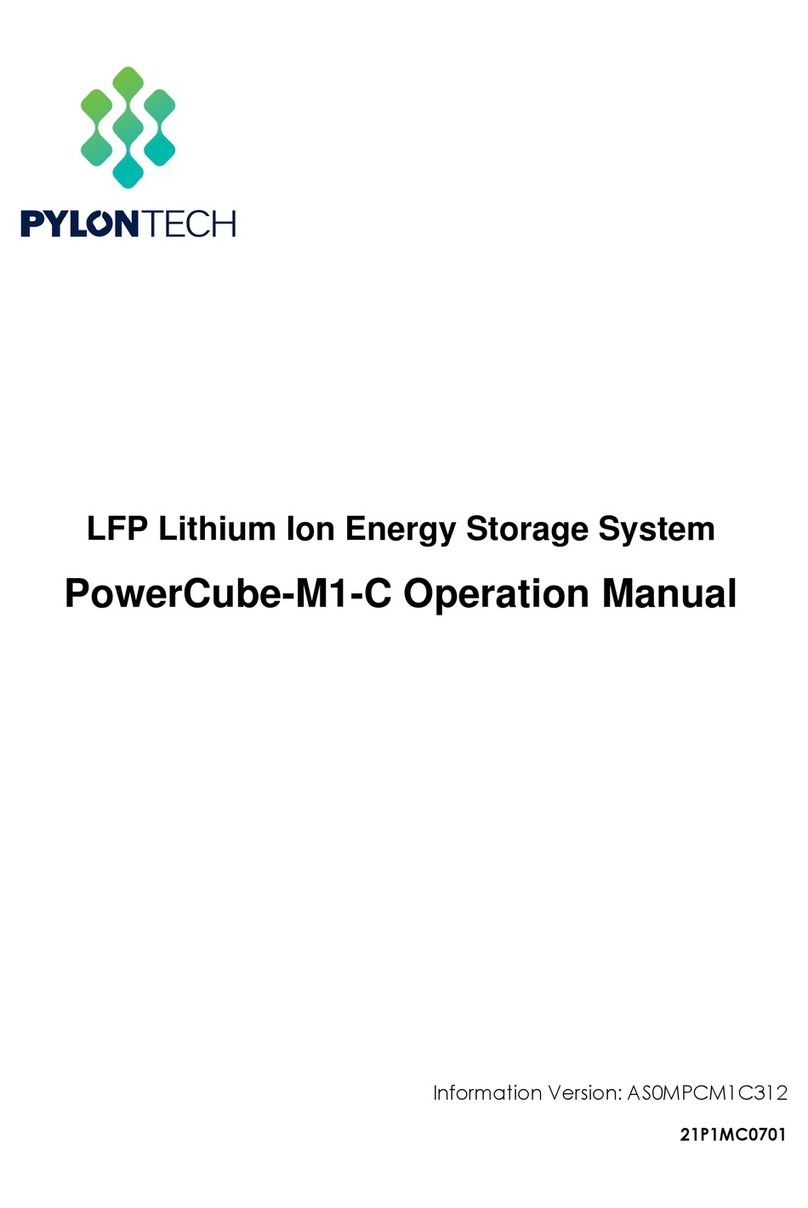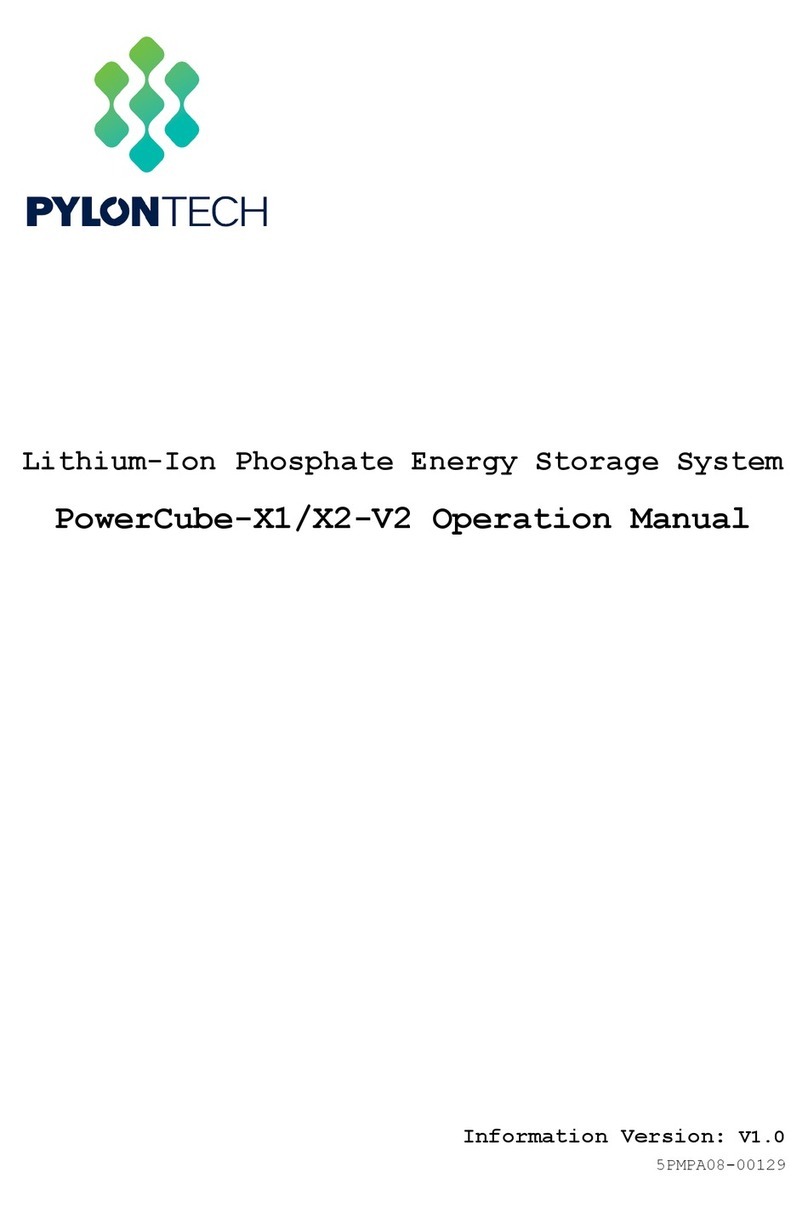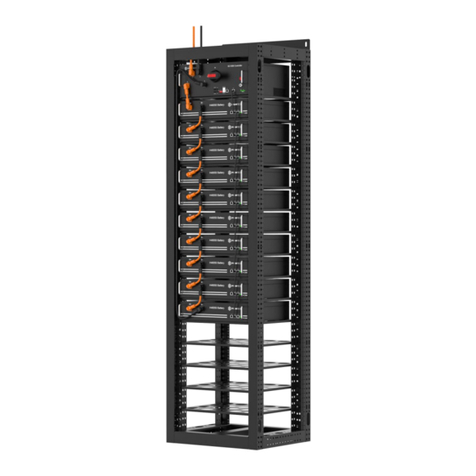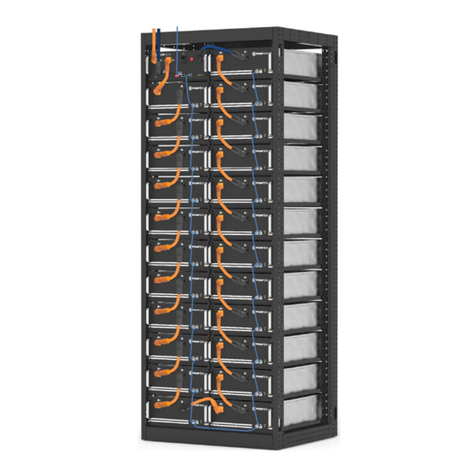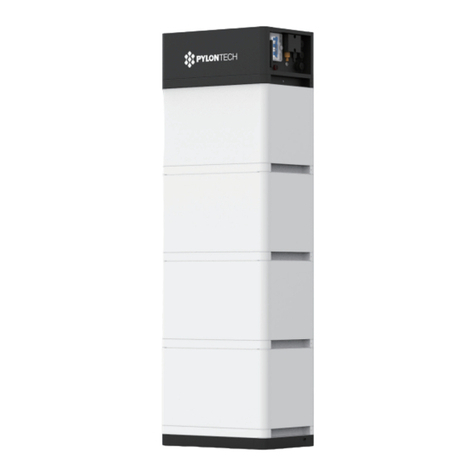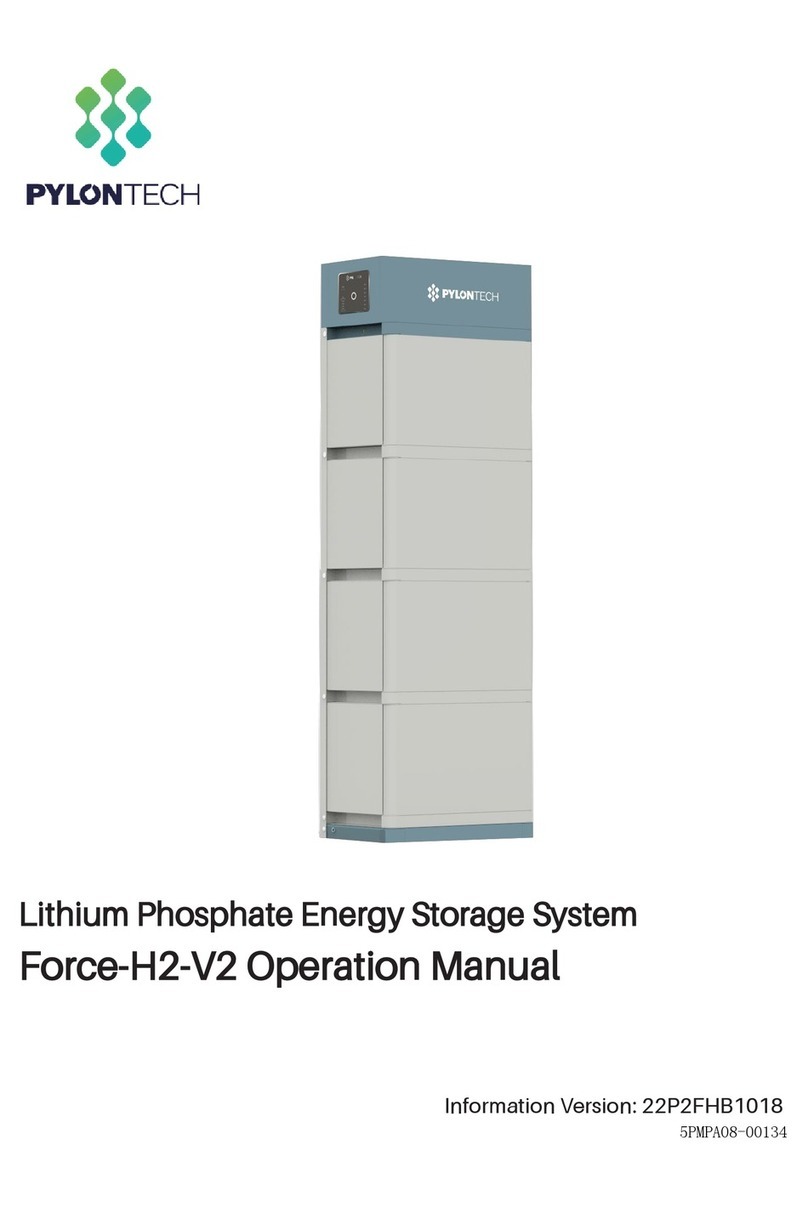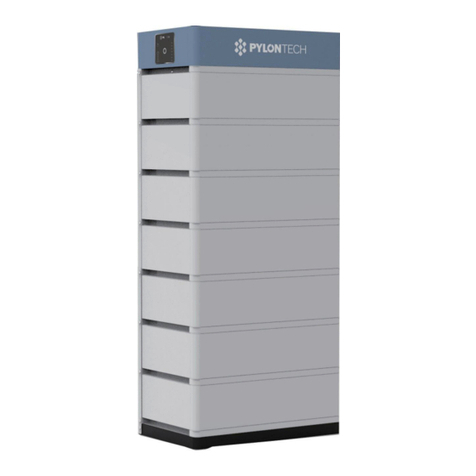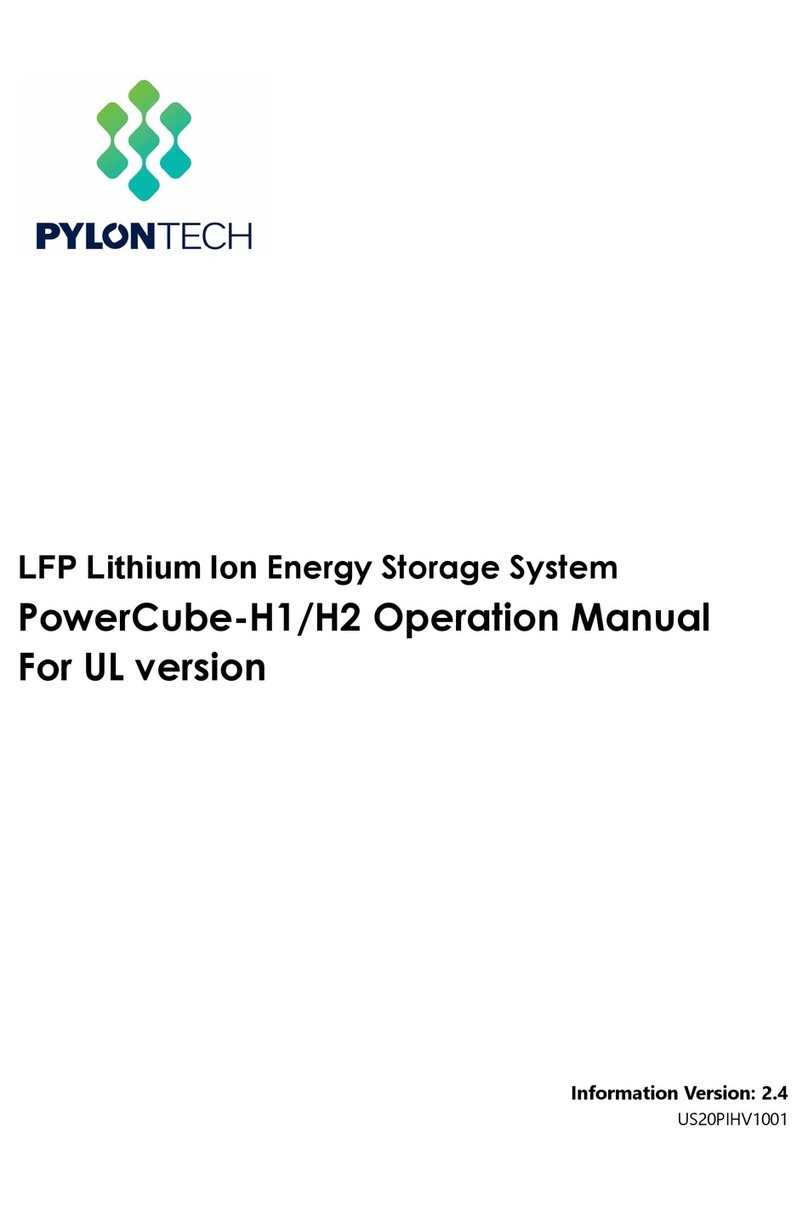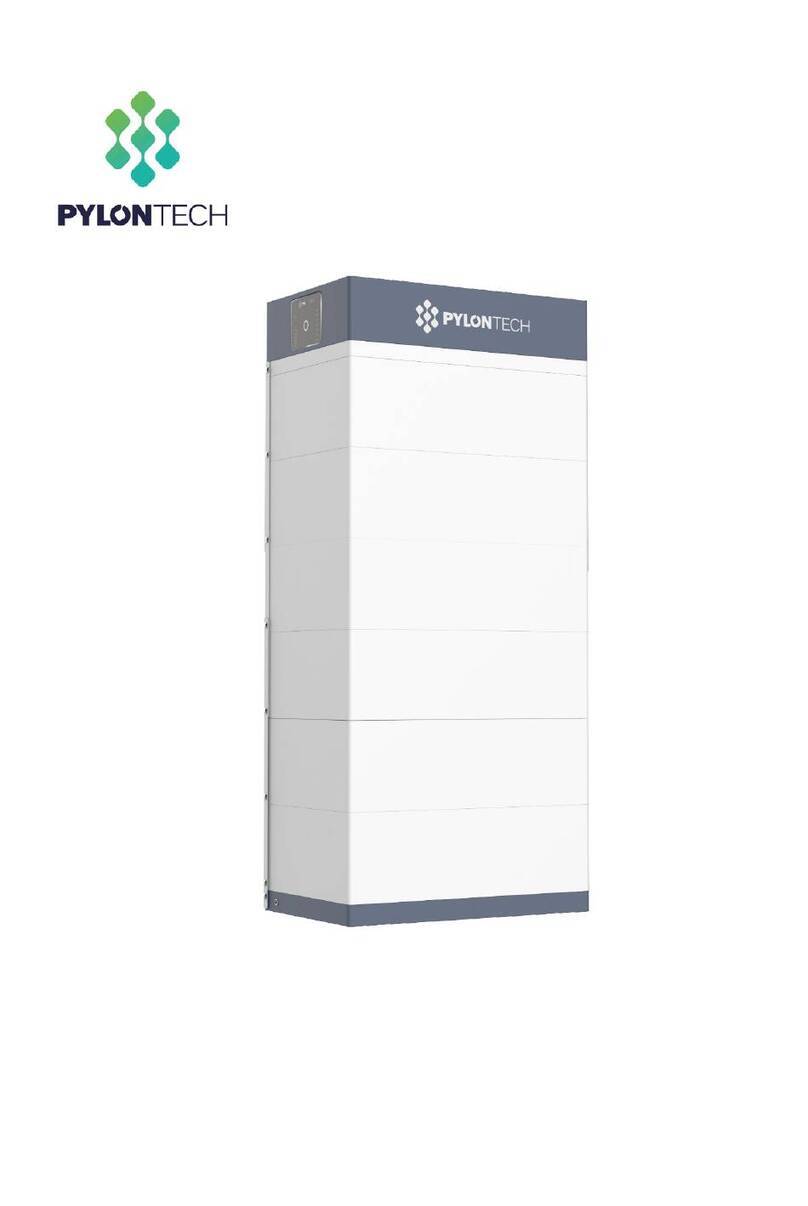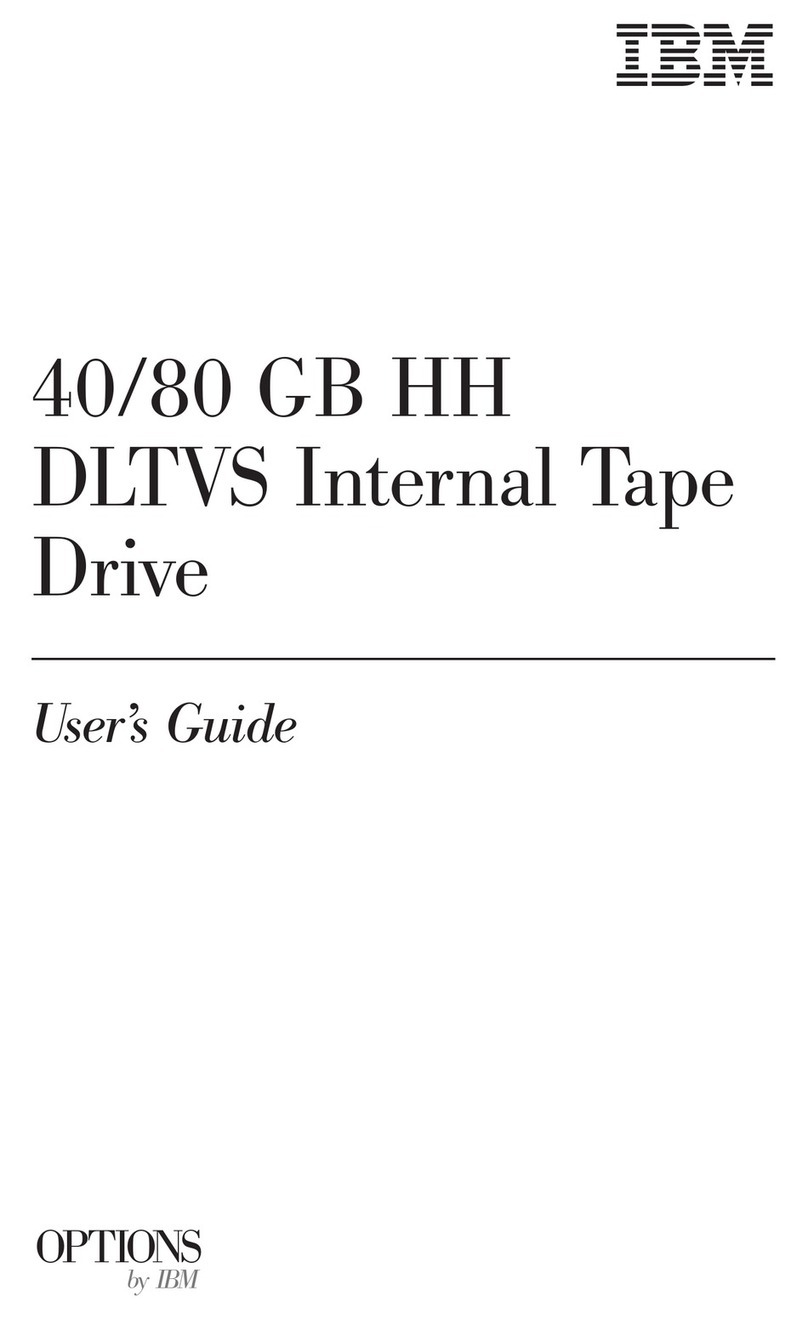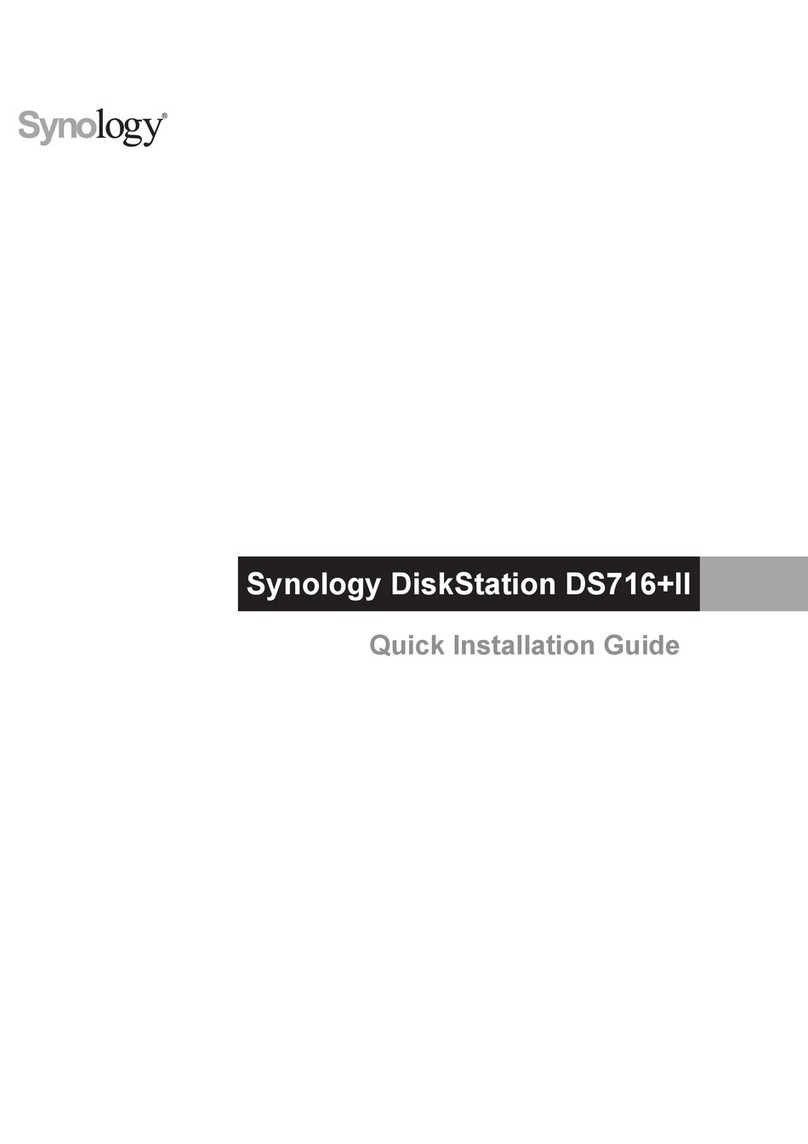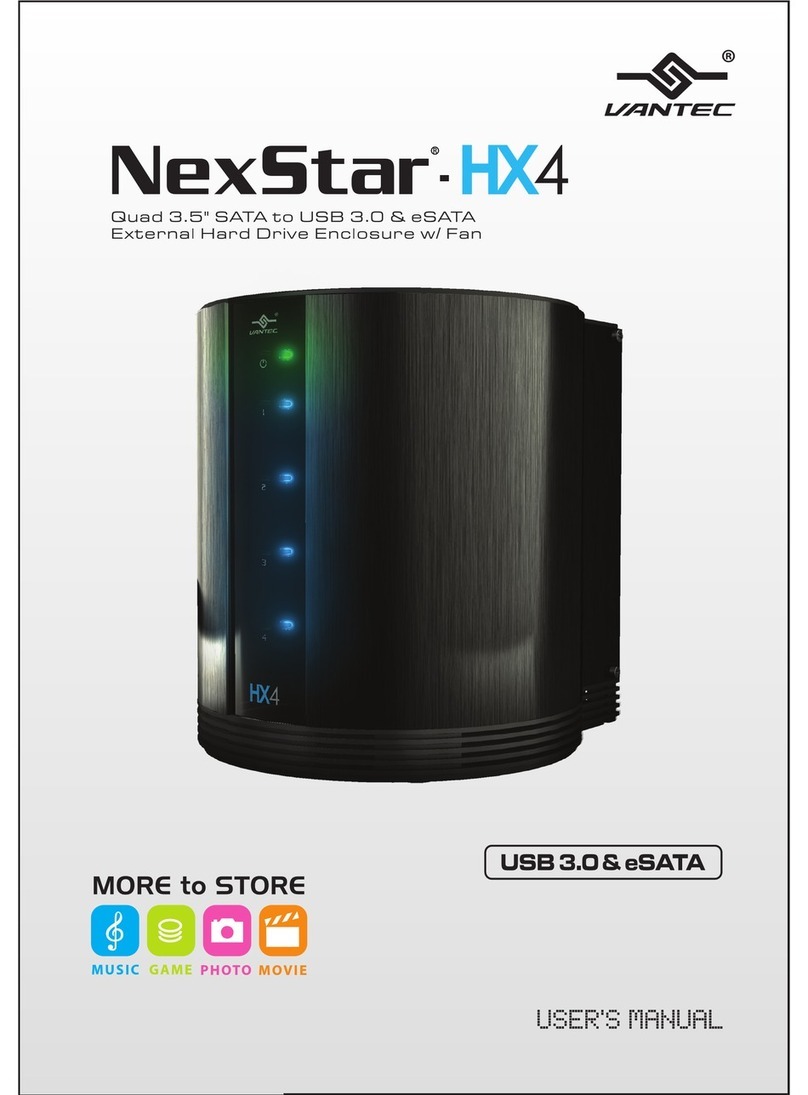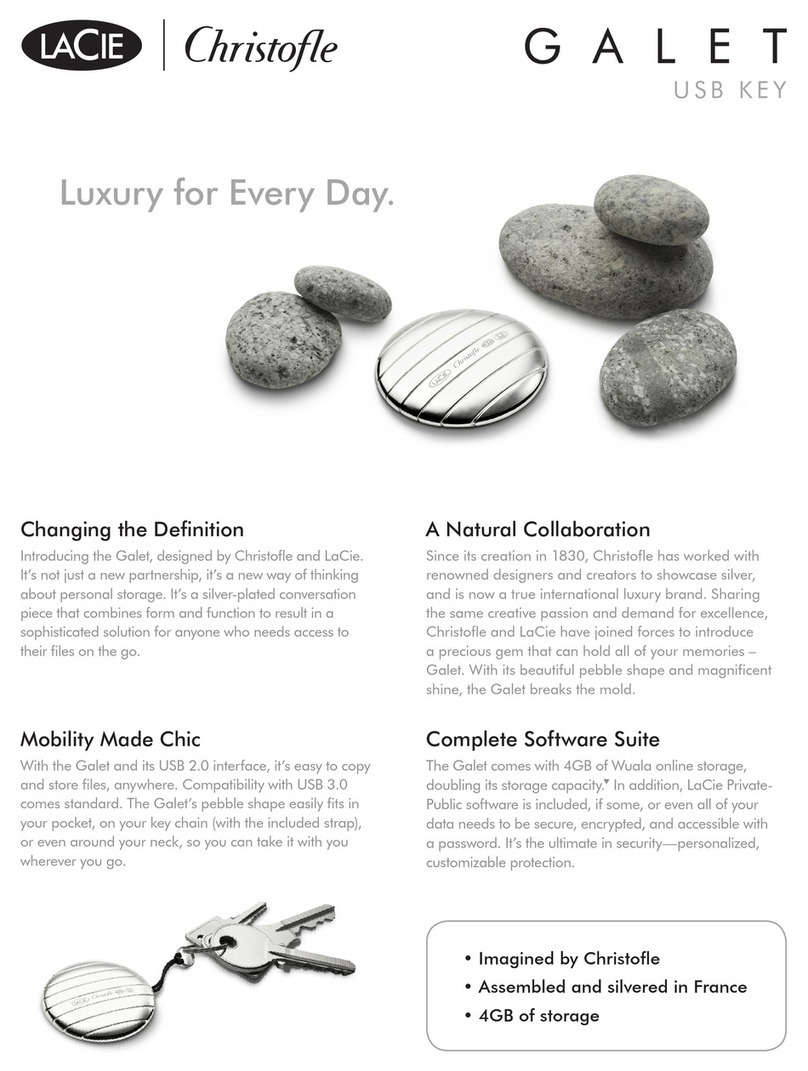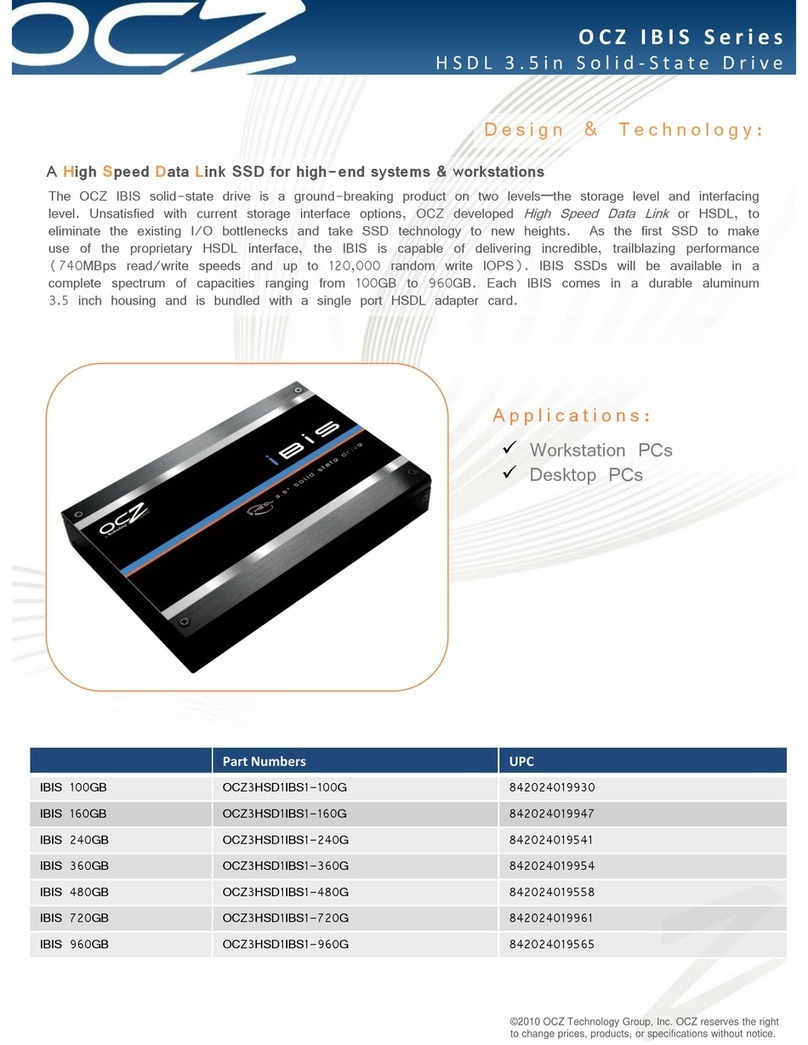This manual introduces PowerCube-M2 from Pylontech. PowerCube-M2 is a high voltage
Lithium-Ion Phosphate Battery storage system. Please read this manual before you install the
battery and follow the instruction carefully during the installation process. Any confusion, please
contact Pylontech immediately for advice and clarification.
Content
1. SAFETY ................................................................................................................................................ 1
1.1 Symbol..................................................................................................................................1
1.2 Reference standards ..........................................................................................................4
2. SYSTEM INTRODUCE .......................................................................................................................... 5
2.1 Product Introduce.............................................................................................................5
2.2 Specifications .....................................................................................................................5
2.2.1 The parameter of system................................................................................................5
2.2.2 Control Module .................................................................................................................9
2.3 System Diagram...............................................................................................................14
2.3.1 Multiple battery string parallel connection by CAN communication
between MBMS and BMS diagram (battery string qty. ≤6) ..........................................14
2.3.2 Multi battery string parallel connection by Ethernet communication
between MBMS and BMS diagram (battery string qty. ≥1 set)....................................14
2.3.3 Diagram between BMS and battery modules: ...................................................15
3. INSTALLATION .................................................................................................................................. 16
3.1 Tools.....................................................................................................................................16
3.2 Safety Gear.......................................................................................................................17
3.3 System Working Environments Checking .................................................................17
3.3.1 Cleaning.........................................................................................................................17
3.3.2 Temperature..................................................................................................................17
3.3.3 Cooling System.............................................................................................................17
3.3.4 Heating System.............................................................................................................18
3.3.5 Fire-extinguisher System..............................................................................................18
